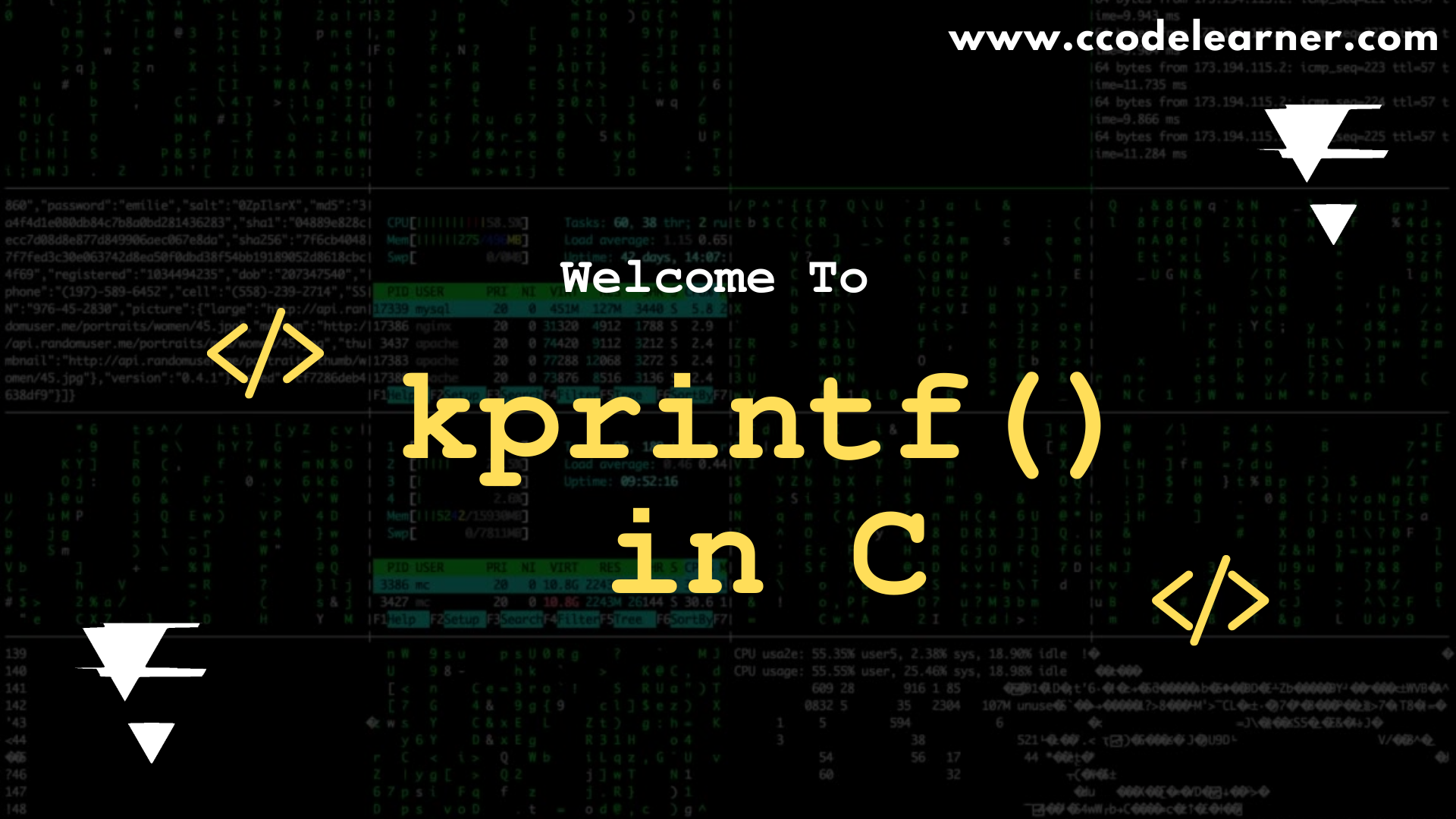YouTube to MP3 Converter: A Comprehensive Guide
Looking for a reliable YouTube to MP3 converter? Learn how to effortlessly convert YouTube videos to MP3 format for free with our step-by-step guide.

In the realm of embedded system development and kernel programming, debugging can be a daunting task. Unlike user-space applications where you can leverage familiar tools like print statements, the kernel operates at a lower level, often lacking standard output capabilities. This is where kprintf emerges as a hero, offering a robust and reliable way to print messages during kernel execution. In this blog post, we explore Advanced Debugging Techniques using kprintf C.
Kernel printf , often abbreviated as kprintf, is a valuable tool in C programming, especially in scenarios where traditional printf might not be feasible or accessible. Unlike standard printf, which is primarily used for user-level debugging and output, kprintf operates at the kernel level, making it indispensable for system-level programming and debugging tasks.
kprintf is a function specifically designed for kernel-level printing. It differs from the standard printf function in several key aspects:
kprintf interacts directly with the underlying hardware, bypassing user-space libraries. This allows for output even before standard output initialization.kprintf vary depending on the target architecture and hardware configuration.kprintf supports basic formatting options like printing strings, integers, and characters, it might not offer the full spectrum of formatting capabilities found in standard printf.To use kprintfeffectively, it’s crucial to understand its syntax and usage within the context of kernel-level programming. Let’s delve into the fundamentals:
kprintf functions.printf.kprintf function to print the formatted output to the kernel log or console.Understanding the syntax and usage of kprintfis essential for seamless integration into your C programs. Here’s a breakdown of the key components:
#include <linux/kernel.h> int kprintf(const char *format, ...);
format (const char)*: This is a string literal containing the message to be printed. It acts as a template that defines the output format.... (stdarg.h)`: This ellipsis (…) indicates that the function can accept a variable number of arguments following the format string. These arguments provide the values to be inserted into the format string.While not as extensive as standard printf, kprintf supports several essential formatting specifiers:
%c: Prints a single character.%d: Prints a signed decimal integer.%i: Similar to %d, prints a signed decimal integer.%u: Prints an unsigned decimal integer.%x: Prints an unsigned integer in hexadecimal format.%s: Prints a null-terminated string.%p: Prints a pointer address in hexadecimal format (implementation might vary).Here’s a code snippet demonstrating how to print a formatted message using kprintf:
void my_function() {
int value = 10;
kprintf("The value of the variable is: %d\n", value);
}
In this example, the kprintf statement defines a format string “The value of the variable is: %d\n”. The %d specifier is replaced with the actual value of the value variable (10), and \n adds a newline character.
Another example using kprintf C:
#include <linux/kernel.h>
int main(void) {
int value = 42;
kprintf("The answer to life, the universe, and everything is: %d\n", value);
return 0;
}
Also Learn:
One of the primary uses of kprintf is for debugging purposes in kernel-level programming. By strategically placing kprintf statements within your code, you can monitor program flow, variable values, and other critical information during runtime.
Despite its limitations, kprintf proves invaluable for kernel developers due to its unique advantages:
kprintf enables printing messages during early boot stages, providing crucial insights into initialization processes.kprintf statements throughout the code, you can track variable values, function calls, and execution flow, aiding in debugging kernel issues.kprintf becomes a vital tool for verifying driver interactions with hardware and identifying potential problems.For more intricate debugging scenarios, you can explore advanced techniques with kprintf:
#ifdef and #endif to enable or disable kprintf statements based on specific conditions. This helps avoid unnecessary clutter during normal operation while keeping debugging messages readily available.kprintf offers limited formatting options, some implementations might allow for extending its functionality by defining custom format specifiers that interact with specific hardware features.Here are some crucial points to remember when employing kprintf:
kprintf involves hardware interactions that can introduce overhead. Use it judiciously to minimize performance degradation, especially in time-critical sections.kprintf messages. Utilize tools like dmesg to access and analyze these messages for post-mortem debugging.kprintf can pose security risks. Be mindful of the data you output to ensure system integrity.While kprintf is a powerful tool for debugging kernel code, it’s essential to be aware of its limitations:
kprintf interacts directly with hardware, introducing overhead compared to standard printf. This can be a concern in performance-critical sections of kernel code, as frequent kprintf statements might slow down execution. Use them judiciously and remove them before deploying the final kernel image.printf, kprintf offers a more restricted set of formatting options. You might not be able to achieve the same level of detailed output as with user-space applications.kprintf messages, older entries might be overwritten, leading to lost debugging information. Be mindful of the volume of data you print, especially during debugging sessions.kprintf can pose security risks. Malicious actors might exploit this information to gain unauthorized access or compromise the system. Only print essential data for debugging purposes, and avoid revealing sensitive details.kprintf can vary depending on the target architecture and hardware configuration. This means your kprintf statements might require adjustments when porting code to different platforms.In conclusion,kprintf is a powerful tool in C programming, particularly for debugging and system-level development tasks. By mastering its syntax, usage, and best practices, programmers can enhance their debugging skills, streamline development workflows, and tackle complex challenges with confidence. Incorporate kprintf into your toolkit, and unlock new possibilities in kernel-level programming and debugging.
Follow Us on LinkedIn for the Latest Updates.
Got questions? Ask them here and get helpful answers from our community!